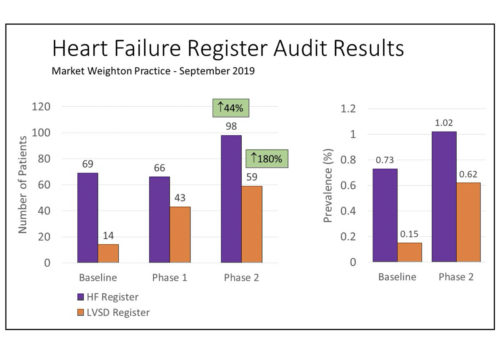One in 20 of the UK population—or 2.8 million people—have been diagnosed with type 2 diabetes, according to a recent report based on the Quality and Outcomes Framework (QOF) exception data. Most of these patients will have been identified in primary care, and GPs and practice nurses will be only too well aware of the burden of illness associated with the cardiovascular and microvascular complications of diabetes.
The most effective means of reducing the risk of these microvascular complications is to ensure that each patient achieves and maintains their individualised glycaemic target. Recent guidance from the National Institute for Health and Clinical Excellence (NICE) provides recommendations on using liraglutide (Victoza), a new option for patients who do not achieve their target HbA1c using currently available therapies.






















